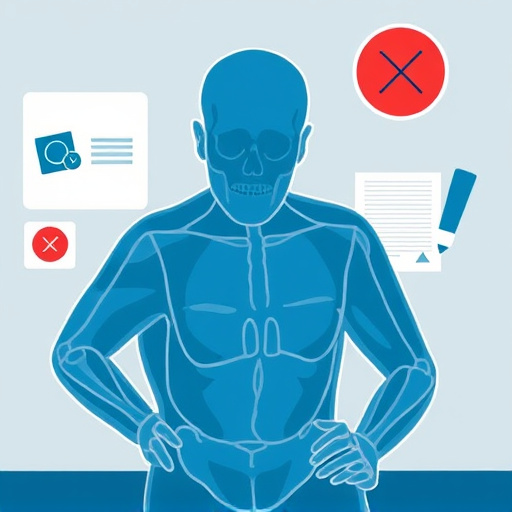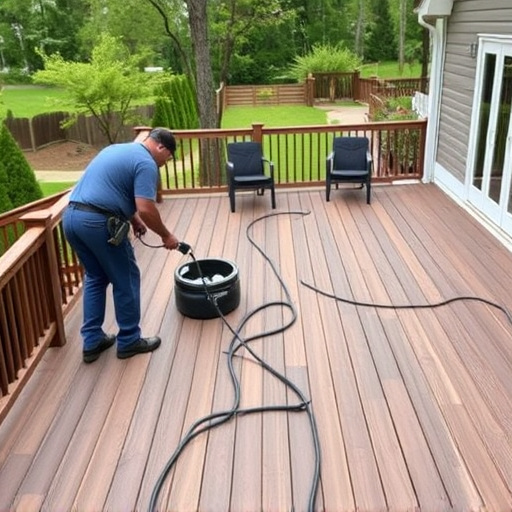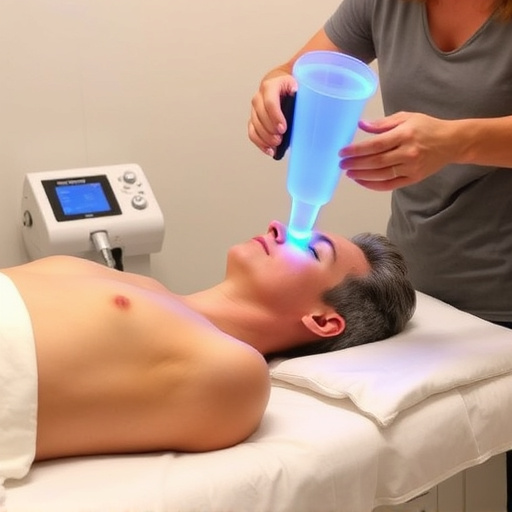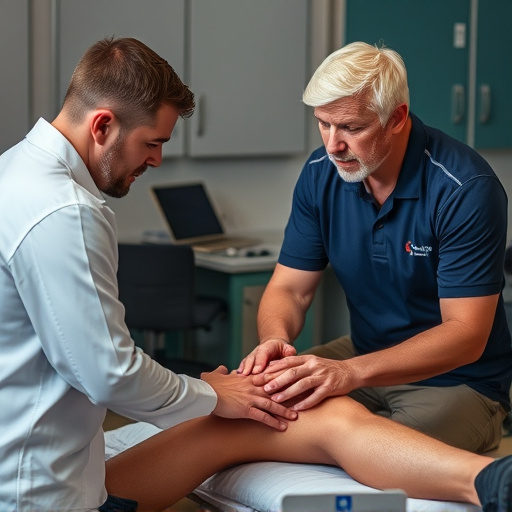Shockwave therapy is a non-invasive, effective treatment for chronic heel pain caused by plantar fasciitis. Before the session, discuss concerns with your healthcare provider and follow pre-treatment advice like resting and elevating feet. After treatment, rest, elevate, apply ice, and avoid intense activities for a few days. Gentle exercises and supportive footwear aid recovery, allowing you to gradually reintroduce high-impact activities as pain improves.
“Discover how shockwave therapy can alleviate your plantar fasciitis pain. This non-invasive treatment offers a game-changing approach to managing this chronic condition. Before your session, prepare by understanding the procedure, from its benefits to what to expect during and after. We’ll guide you through each step, ensuring a smooth experience. From pre-treatment checks to post-care tips for faster recovery, this comprehensive overview ensures you’re ready. Take control of your foot health and bid farewell to persistent heel pain.”
- Understanding Shockwave Therapy for Plantar Fasciitis
- Preparing for Your Treatment Session
- Post-Treatment Care and Recovery Tips
Understanding Shockwave Therapy for Plantar Fasciitis

Shockwave therapy for plantar fasciitis is a non-invasive treatment that uses high-energy sound waves to promote healing and alleviate pain in the heel bone and surrounding tissue. This innovative approach is particularly beneficial for individuals struggling with chronic or persistent plantar fasciitis, a common condition often associated with athletes and active individuals. By targeting the inflamed areas, shockwave therapy can accelerate the body’s natural healing process, offering an alternative solution when traditional treatments like rest, stretching, and medication haven’t provided lasting relief.
Unlike auto accident recovery or sports injury recovery, which may require extensive rehabilitation, shockwave plantar fasciitis treatment is usually quick and comfortable. During the session, a specialized device delivers acoustic waves to stimulate blood flow and encourage the growth of new, healthy tissue. This can result in significant back pain relief, as well as improved flexibility and strength in the affected area. Many patients report feeling immediate comfort after the procedure, with reduced inflammation and increased mobility over time.
Preparing for Your Treatment Session
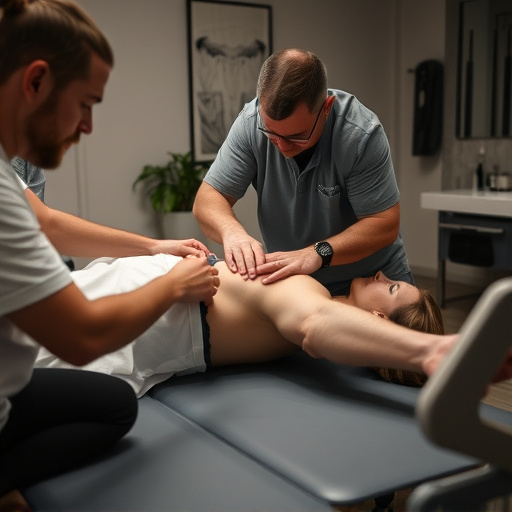
Preparing for your shockwave plantar fasciitis treatment session is crucial for optimal results and a smoother experience. Before your appointment, it’s important to discuss any concerns or questions with your healthcare provider. They can guide you on what to expect during the procedure and offer advice on how to best prepare your body. This might include resting and elevating your feet, avoiding strenuous activities, and wearing comfortable clothing that allows easy access for treatment.
Additionally, consider incorporating some light stretching exercises into your pre-treatment routine to help loosen tight calf and foot muscles. Proper hydration and a balanced diet can also aid in recovery. Remember, shockwave therapy is an effective non-invasive approach to treat chronic plantar fasciitis; however, it’s essential to follow the recommendations from your healthcare provider for the best outcomes, ensuring an efficient sports injury recovery and pain management journey.
Post-Treatment Care and Recovery Tips

After your shockwave plantar fasciitis treatment session, it’s crucial to follow specific post-care guidelines for optimal recovery. This includes resting and elevating your foot to reduce swelling and discomfort. Ice therapy is another effective method; apply ice packs several times a day for 15-20 minutes to alleviate pain and inflammation. It’s recommended to avoid intense physical activities for a few days, but gentle exercises like walking or stretching can aid in the healing process while maintaining mobility.
Ensure proper footwear with good arch support during recovery. Consider consulting a chiropractic care professional who can offer guidance on specific stretches and exercises tailored to your condition. Staying active yet mindful of overexertion is key; gradually reintroduce high-impact activities as pain subsides. Remember, shockwave therapy is designed to accelerate healing, but it’s essential to listen to your body and allow sufficient time for the plantar fasciitis to mend naturally, potentially providing sciatica relief alongside.
Shockwave therapy for plantar fasciitis offers a non-invasive approach to alleviate chronic pain. To prepare effectively, ensure you understand the procedure, communicate any concerns with your healthcare provider, and follow pre-treatment instructions diligently. After the session, proper post-care and recovery will enhance results. Remember, while shockwave plantar fasciitis treatment shows promising outcomes, individual experiences may vary.

